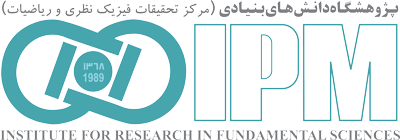“School of Biological Sciences”
Back to Papers HomeBack to Papers of School of Biological Sciences
| Paper IPM / Biological Sciences / 18155 |
|
||||||||||||||
| Abstract: | |||||||||||||||
|
Eye-related Angiogenesis and vascular permeability changes lead to retinal vascular disorders. There is an important need to design a novel targeted anti-VEGF drug delivery system to inhibit neovascularization in the retina. The peptide-based carriers are promising for gene therapy due to their flexibility in design, ease of production, structural diversity, low toxicity, and immunogenicity. The hinge-truncated soluble VEGF receptor 1 (htsFLT01) protein, has the ability to bind to both VEGF and PlGF molecules. In the present study, htsFLT01 gene delivery by targeted MiRGD peptide carrier was investigated in the mouse Retinal Pigment Epithelium (mRPE) cell line and mouse model to evaluate the potential of the newly developed peptideticle as an effective therapeutic platform for gene delivery. The characterization results demonstrated that the peptide carrier condensed htsFLT01 DNA, neutralizes its negative charge, and protected it from endonucleases. The size and charge of the nanocomplexes were optimized to effectively target the retina. Based on tube formation assay, migration analyses and intravitreal injection of MiRGD-htsFLT01 nanocomplex into the newborn mice eye, the function of htsFLT01 was investigated. The reduction of tube-like structures in HUVEC cells was notably observed following VEGF neutralization and the findings demonstrated an association between the expression of htsFLT01 and the inhibition of RPE cell migration. The vascular development was inhibited in the deep, intermediate, and superficial capillary plexus layers in the retina. The novel drug MiRGD/htsFLT01 complex, represents a promising potential platform for targeted gene therapy in the eye due to its biocompatibility, likely safety and highly effective function.
Download TeX format |
|||||||||||||||
| back to top | |||||||||||||||



















